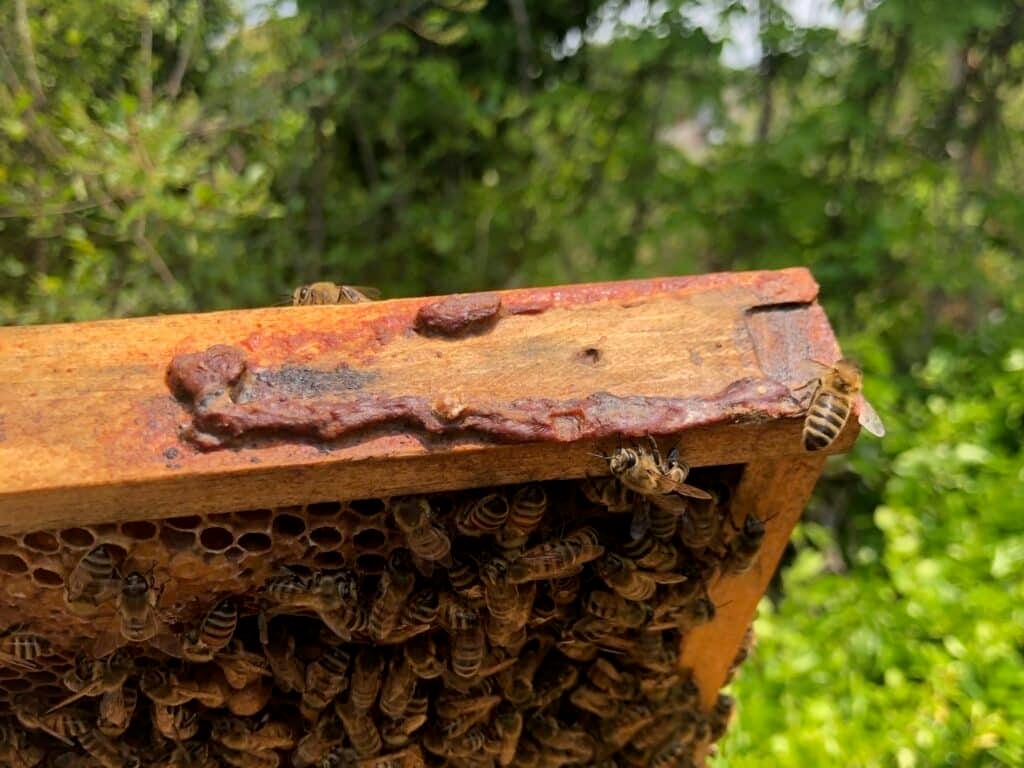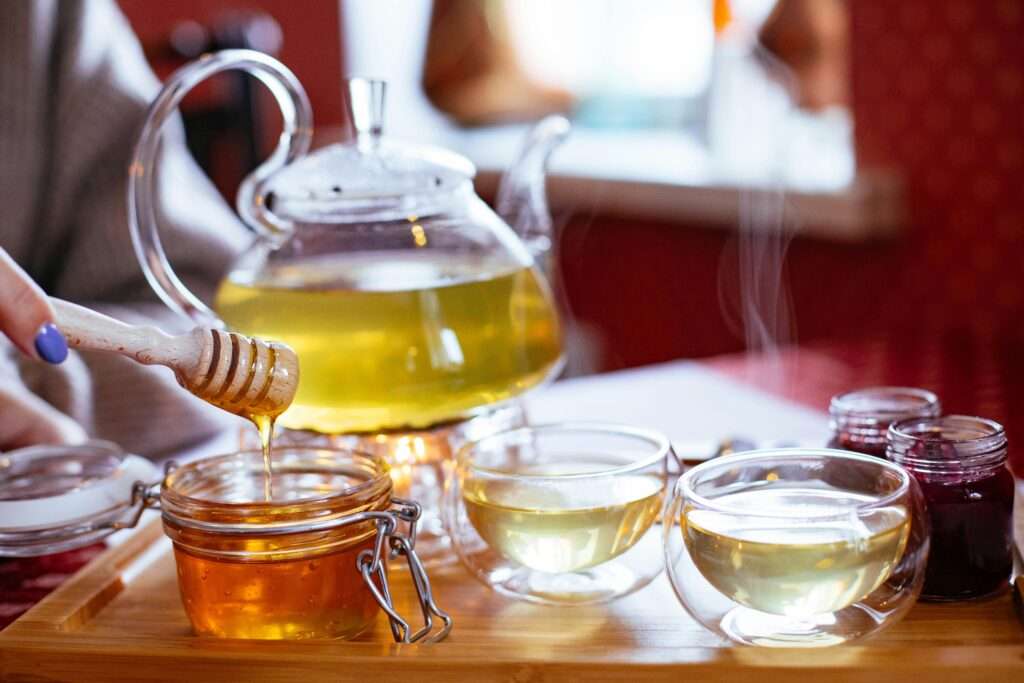Here are the additional costs you might encounter in mead making beyond initial equipment and ingredients:
1. Consumables and Recurring Supplies
- Honey: Your largest repeat expense; higher-grade honey (or specialty honeys for unique flavors) can dramatically increase batch costs[1][2][3].
- Yeast: Fresh packets needed for each batch; specialized strains may cost more than basic wine/brewing yeast[1].
- Yeast nutrients: Including Fermaid-O, DAP, or others; required for every batch for optimal fermentation[4].
- Stabilizers and fining agents: Potassium metabisulfite, potassium sorbate, Irish moss, bentonite, etc. for clearing and stabilizing mead (optional, but common in modern recipes)[1].
- Sanitizer: Star San, One Step, or similar—small cost per batch, replenished occasionally[1][5].
- Bottles/caps/corks: Some kits include bottles, but if not, expect costs for new glass or reusing bottles with new closures[1][5].
2. Maintenance and Replacement
- Tubing and Siphons: Need periodic replacement due to wear, staining, or inability to clean thoroughly—especially after heavy fruit/mead batches[5].
- Carboys or Buckets: Glass can break and plastics scratch over time, both may eventually need replacing[5].
- Bottle brush/cleaning tools: Wear out after heavy use.
3. Upgrades and Add-ons
- Measuring equipment: You might choose to buy pH meters, refractometers, acid test kits, or upgraded hydrometers as your skills grow[6][7].
- Temperature control: Heating pads or temperature controllers are an added cost in colder climates or for precise fermentation.
- Advanced aging equipment: Oak cubes/chips, secondary carboys for bulk aging, and bottle racks for long-term storage[1].
- Filtration equipment: Not required, but some mead makers invest in home filtration for crystal-clear results.
4. Experimentation/Recipe Development
- Fruits, spices, adjuncts: For melomels (fruit meads), metheglins (spiced mead), and specialty styles, the cost can increase fast depending on the quality, type, and quantity of additional ingredients.
- Water: If using high-quality bottled or spring water versus tap, this can add a marginal but recurring cost[8].
- Labels and packaging: For gifting, competition, or selling, you may buy custom labels, wax, or fancy bottles.
5. Post-Production and Hobby Expansion
- Competition entry fees and shipping for submitting meads to contests.
- Membership fees for mead clubs or homebrew associations (optional).
Summary Table of Common Ongoing/Add-on Costs
| Item/Upgrade | Typical Cost (USD) | Frequency |
| Honey | $6–$15/lb | Every batch |
| Yeast (1 packet) | $1–$8 | Every batch |
| Nutrients/stabilizers | $1–$5 | Every batch |
| Bottles/caps/corks | $15–$30/dozen | As needed |
| Sanitizer | $5–$10/bottle | Refilled |
| Replacement tubing/bottles | $5–$30 | As needed |
| Fruit/spices/adjuncts | Varies | As needed |
| Advanced testing equipment | $15–$45 each | One-time |
| Temperature control devices | $30–$100+ | One-time |
To sum up:
The bulk of recurring costs in mead making are honey, yeast, nutrients, and bottles/caps.[1][5]
As your experience (and interest) grows, you’ll likely want to invest in better measurement tools, experiment with new flavors/ingredients, and perhaps upgrade fermentation controls or clarifying/aging equipment.
Bottling, packaging, and participation in events can add further minor expenses as you expand your hobby.
⁂
- https://www.reddit.com/r/mead/comments/16boq8l/how_expensive_is_mead_making_as_a_hobby/
- https://gotmead.com/community/threads/how-do-i-make-mead-without-all-the-fancy-equipment.9199/
- https://www.homebrewtalk.com/threads/honey-costs.416517/
- https://homebrewersassociation.org/zymurgy/sweet-life-making-mead-easy-way/
- https://www.reddit.com/r/mead/comments/1o7gdb/how_much_does_it_cost_to_get_started/
- https://diymead.com/mead-making-equipment/
- https://www.reddit.com/r/mead/comments/2z5u65/starter_setuplist_of_supplies/
- https://www.homebrewtalk.com/threads/current-mead-making-techniques.678676/



